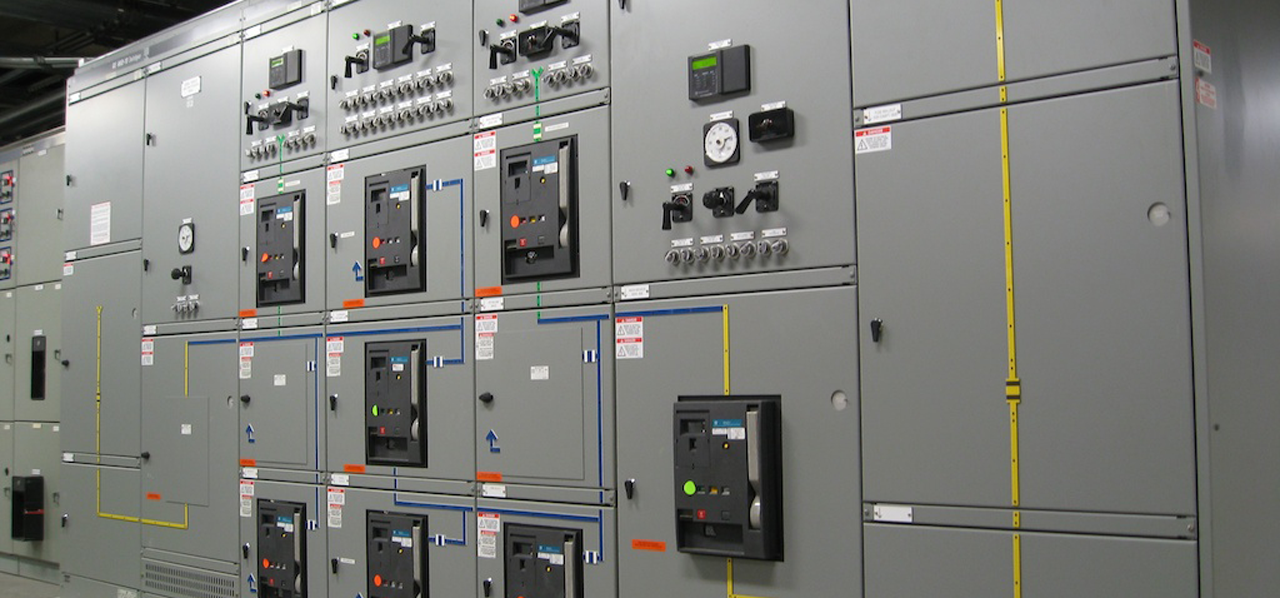Switchgear refers to the components used in an electrical power system that handle the isolation and switching of electrical circuits and equipment. Properly designed and maintained switchgear plays a critical role in ensuring a safe, reliable electrical power distribution system. This article provides an overview of switchgear, its components and functions, as well as some of the latest trends in switchgear technology.
Types of Switchgear
There are different types of switchgear that serve various purposes in a power distribution system. The most common types include:
Low Voltage Switchgear
Low voltage switchgear operates at voltages up to 1000V and is used for controlling electrical loads in commercial and industrial facilities. This type of switchgear incorporates circuit breakers, switches, metering components and ancillary devices to control and protect low voltage electrical circuits and equipment. Some examples include molded case circuit breakers, miniature circuit breakers and contactors. Their compact size makes them suitable for mounting in switchboards or panelboards to distribute power throughout a building.
Medium Voltage Switchgear
Medium voltage switchgear operates at voltages between 1000V to 52kV. It incorporates circuit breakers, switches, relays and controls to distribute and control medium voltage power. Outdoor metal-enclosed switchgear is often used to step down utility transmission voltages to lower voltages suitable for indoor machinery and building wiring. Gas insulated switchgear (GIS) is widely used for medium voltage applications due to its compact size and ability to safely house live parts in SF6 gas.
Components and Functions
Switchgear houses a variety of critical components that work together to safely and reliably distribute electrical power. Some of the key components and their functions include:
Circuit Breakers
Circuit breakers are used to protect circuits from damage caused by overload or short circuit. When a fault is detected, circuit breakers quickly interrupt the flow of current to isolate the fault. Modern circuit breakers can sense faults in milliseconds and break the circuit in less than half a cycle to minimize damage.
Insulators
Insulators ensure live components within the switchgear are isolated to prevent accidental contact and arcing. Air, gas, oil or solid insulating materials like epoxy resins are used depending on the type and voltage ratings of the switchgear.
Busbars
Busbars are conductive rigid bars or busways used to connect circuits within the switchgear. They allow power to be distributed efficiently between breakers, switches and other components.
Relays, Meters and Controls
Relays, meters and control components continuously monitor equipment parameters and automatically initiate protective switching sequences based on pre-defined settings. This ensures faults are isolated before damage can occur.
Protection from Arc Flash
Arc flash occurs due to an electric arc due to a failure of insulation or due to accidental contact with live parts in switchgear. It releases energy in the form of heat, light and pressure waves that can cause serious injury. Switchgear manufacturers incorporate various arc resistant components like insulated busbars, resistant barriers and enclosures to help mitigate these dangerous effects. Modern switchgear standards also require internal arc classification testing to evaluate safety performance during arcing faults.
Condition Monitoring and Digitalization
Advanced condition monitoring technologies allow Switchgear to be continuously monitored for temperature rise, gas density fluctuations, vibrations and electrical anomalies to detect deterioration or faults. Digital fault recorders aid diagnosis by storing precise trigger events. Meanwhile, switchgear is being integrated with building management and SCADA systems to enable remote monitoring and control for enhanced reliability and safety.
Trends in Switchgear Technology
Some notable trends that are transforming switchgear design include increased incorporation of advanced digital technologies as well as more eco-friendly alternatives:
Smart Switchgear
The growing deployment of smart grids and Industry 4.0 concepts is driving the development of smarter self-monitoring switchgear. Integrated sensors, digital controls and communication capabilities allow remote condition-based maintenance to optimize availability. Intelligent protective relaying with advanced algorithms improves coordination and selectivity.
Sustainable Alternatives
With escalating emphasis on sustainability, switchgear manufacturers are introducing eco-friendly alternatives to traditional SF6 gas such as vacuum, clean air and solid insulated equipment. Eco-efficient designs aim to reduce greenhouse gas emissions without compromising on performance or safety.
Modular and Extendable Designs
Prefabricated modular switchgear components that can be combined on site provide flexibility for non-standard applications. Hot-swapping capability allows maintenance or upgrades without power interruption. Pre-engineered extensions facilitate future capacity increases with minimal disruption.
*Note:
1. Source: Coherent Market Insights, Public sources, Desk research
2. We have leveraged AI tools to mine information and compile it

